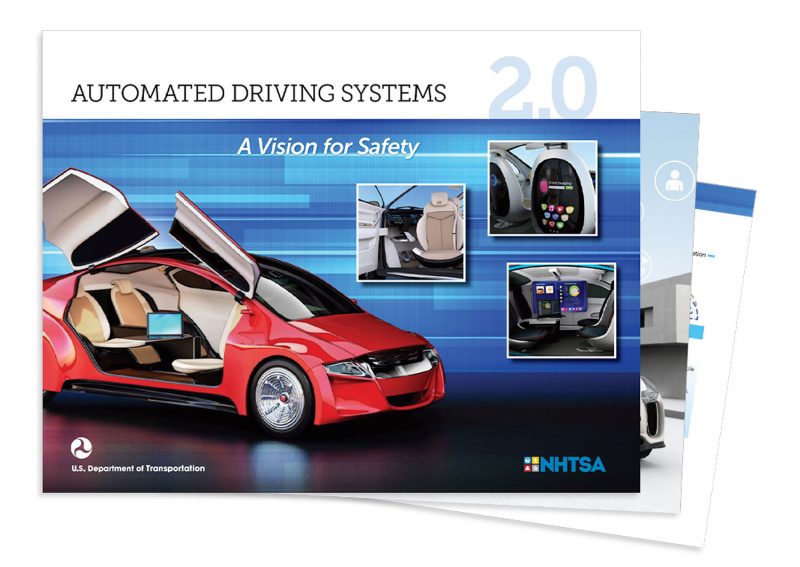American Motorcyclist January 2018
New Automated Vehicle Standards In Works
DOT Moves Quickly On Tech, Infrastructure
U.S. Transportation Secretary Elaine Chao announced that her department is updating its automated vehicle policies, just two months after unveiling the National Highway Traffic Safety Administration’s “Automated Driving Systems 2.0: A Vision for Safety.”
The NHTSA document provided an outline of the way the federal government plans to oversee the development of automated-driving technologies.
Chao said an update is needed because the technology is evolving so rapidly.
Greg Rogers, policy analyst and assistant editor of Eno Transportation Weekly, said significant questions remain regarding how various DOT agencies will implement automated vehicle policies.

These NHTSA guidelines, issued in September, are being revamped and updated for 2018.
“For example,” he said, “NHTSA enforces standards for commercial vehicles like trucks and buses, but the Federal Motor Carrier Safety Administration regulates their actual operation. Meanwhile, the Federal Transit Administration oversees the operations of public transit agencies, incentivizes them to implement new technologies, and provides them with best practices.
“And, underneath it all, the Federal Highway Administration manages and provides funding for the nation’s highways. It also sets standards for roadway infrastructure through the Manual on Uniform Traffic Control Devices and provides guidance for implementing emerging technologies, like vehicle-to-infrastructure communication.”
The AMA is heavily involved in this process.
AMA President and CEO Rob Dingman, along with Vice President for Government Relations Wayne Allard, met with Chao earlier this year to emphasize the importance of ensuring that motorcycles are accounted for in the development and implementation of automated-vehicle policies.
The Federal Highway Administration also appointed its Motorcyclist Advisory Council, which is responsible for advising Chao on infrastructure issues, including the development and deployment of automated vehicles. Mike Sayre, AMA government relations manager for on-highway issues, is the chair of that council.
Rogers said the DOT’s version “3.0 will be a broader, USDOT-wide policy document, rather than a rehashing of NHTSA’s guidance for manufacturers and best practices for state/local governments.”
“It will address not only the safety of how automated motor vehicles are designed, but how they are incorporated into the nation’s transportation network as a whole,” Rogers said.
